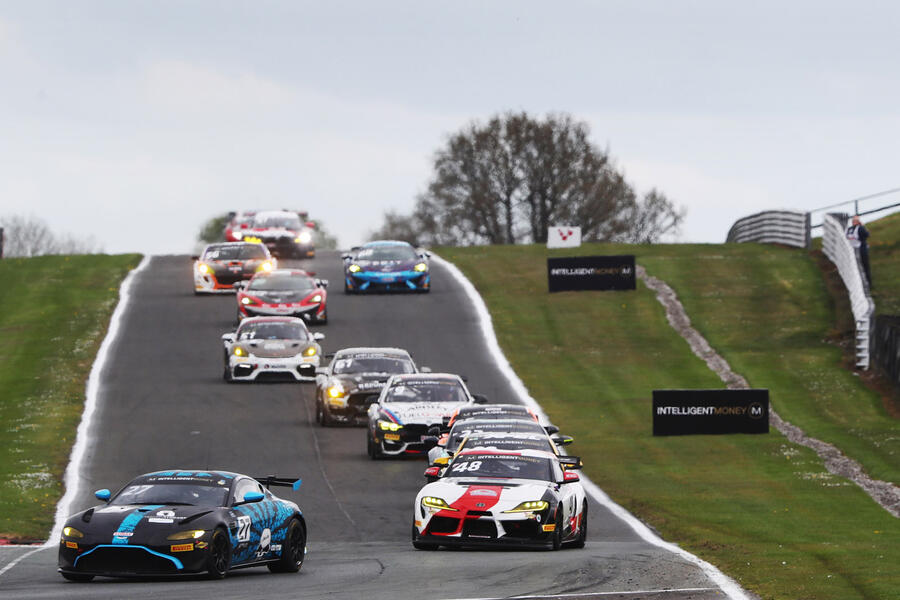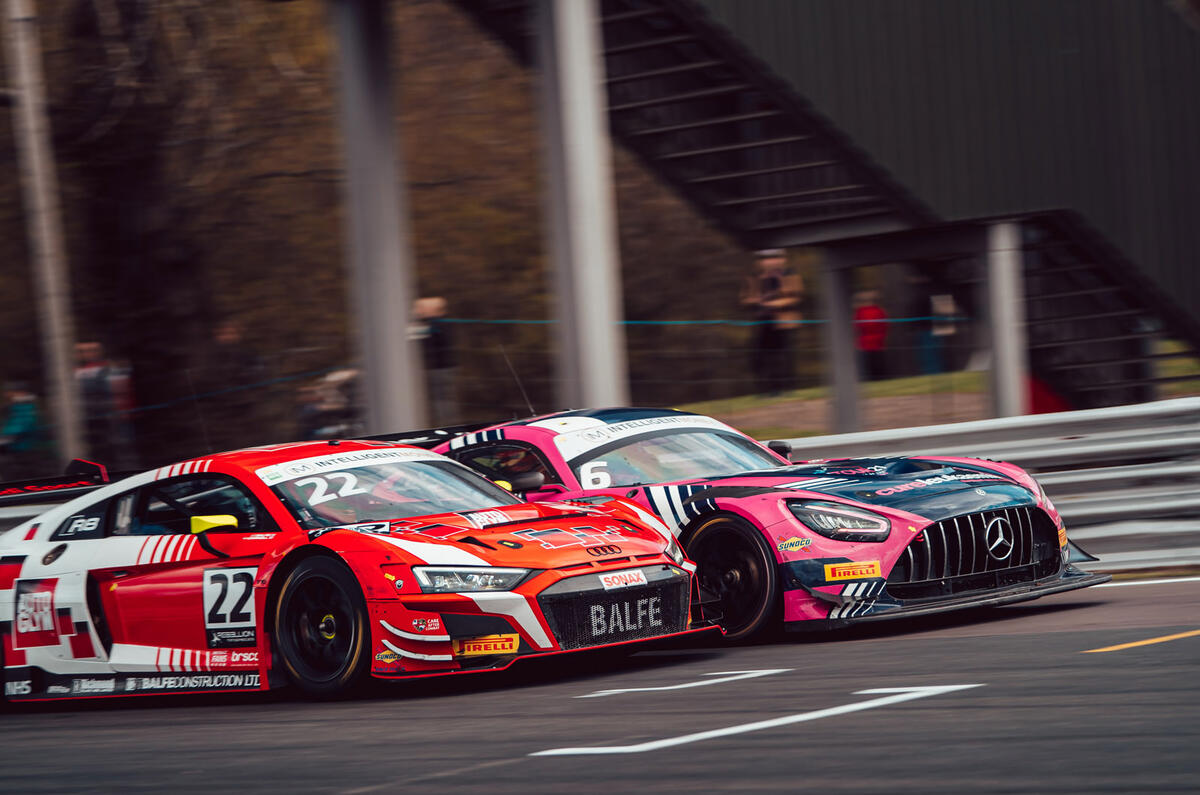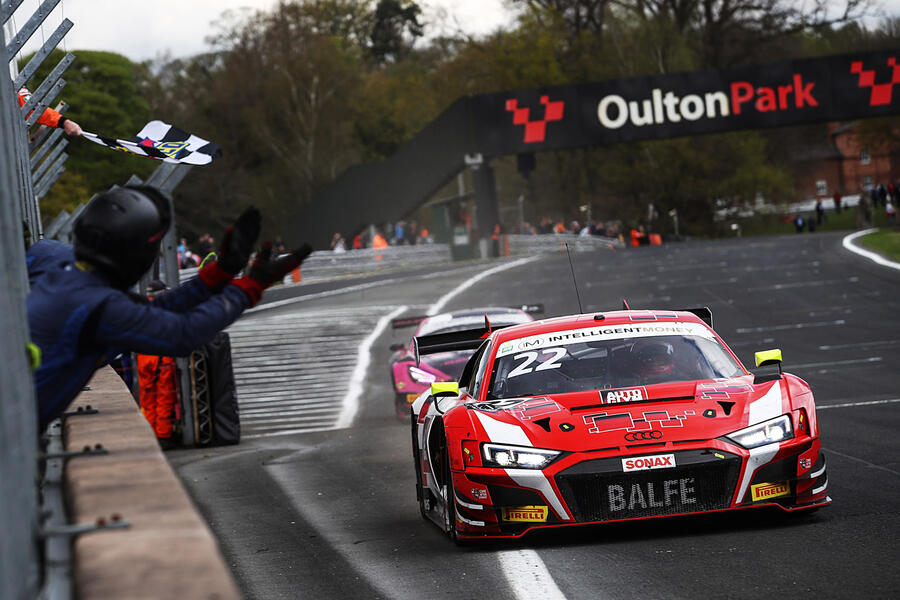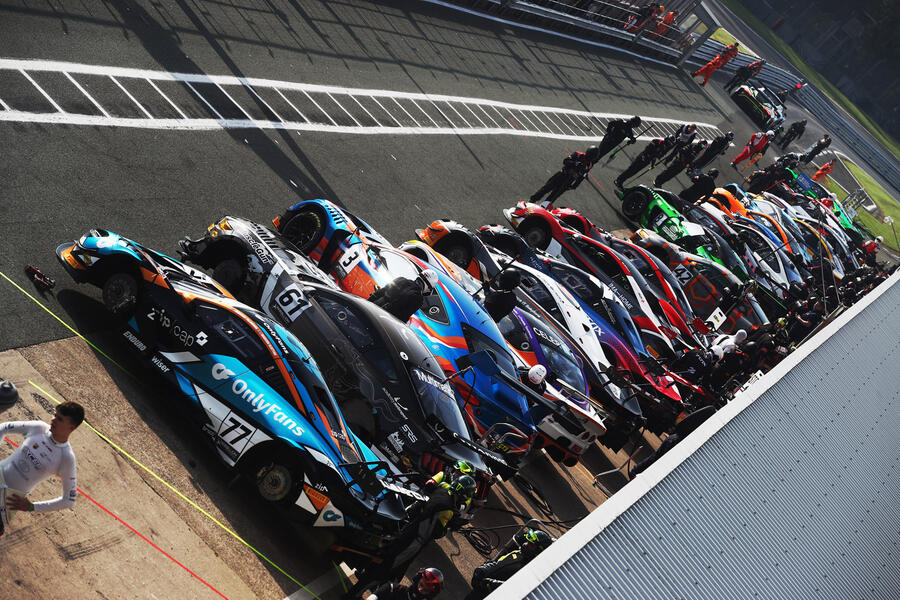Motor racing is a resilient thing. Aside from a break for two world wars, racing has continued almost non-stop through global recessions and political upheavals and even a global pandemic slowed it down for only a matter of weeks.
And perhaps there’s no better example of that resilience than in GT racing. Outside of a top-level Formula 1 car or a Le Mans prototype, the machines don’t get much more expensive than GTE or GT3 cars, with every grid boasting multi-millions worth of carbonfibre and aluminium.
The British GT Championship roared back into life at Oulton Park at the weekend (read the full race report report below) with a 31-car grid, the value of which easily outstrips that of any other modern domestic championship. So while the wider world has growing concerns about the rising cost of living and pence per gallon, the GT racing world continues apace, producing a great spectacle. But why is this area of racing so unaffected, and so successful?
The answer lies in the wide-ranging appeal of British GT – in its class format, and who each caters for, which is a much wider variety than most other championships of type. Take the British Touring Car Championship as a contrasting example. The UK’s leading tin-top series has become hugely popular with heroes, villains and great racing. It’s become so good that it now outshines any international offering. The BTCC is a destination championship, a place drivers want to get to and not leave.
British GT has an element of that, too, but also a deeper appeal. The heart of GT racing is Pro-Am competition, where a wealthy amateur can share a car with a professional, both to utilise the pro’s obvious speed, but also to use them in a coaching capacity. The GT3 class operates mostly for this type of pairing, with the amateur paying the bill to have the pro alongside. At the same time, the Silver-Am class allows an amateur to share with a younger, semi-pro driver. This creates an interesting mix because while the amateurs are all on a level playing field, the Silver-graded drivers get to showcase themselves against the best-in-the-world Gold drivers.





















Join the debate
Add your comment
GT cars used to visit Knockhill, as well as F3. It was a great day out watching these race around the circuit.
But they both stopped visiting. I don't know why?
It might have been because it was actually quite popular. Talking with the circuit manager he said he'd been to Silverston for one of the previous races and the spectator numbers were in the very low hundreds. At Knockhill it was in the thousands. Not as busy as a BTCC event, but far busier than a regular local meeting.
With 30 cars you might have to split the field, but they manage with BTCC. And Knockhill is a superb circuit that it's a shame for the drivers to miss out on this treat.
Maybe it's down to what you can afford?, last 20 years the Global economy has affected nearly all of us.